Search
Search Results
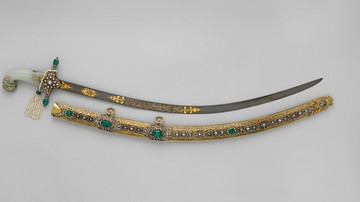
Image
Ottoman Sword of State
An Ottoman sword of state, used during inauguration ceremonies for sultans. The sword was refitted in 1876 CE for the planned inauguration of the Ottoman sultan Murad V (r. 1876 CE). The sword is comprised of a 17th Century CE Iranian steel...
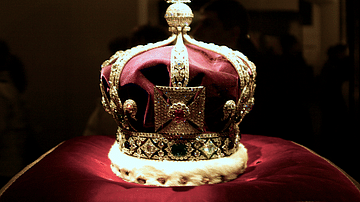
Image
Imperial Crown of India
The Imperial Crown of India, worn by King George V (r. 1910-1936) at the Delhi Durbar of 1911. The crown is notable for the square emerald in the top cross and it is studded with over 6,000 diamonds. (Tower of London)
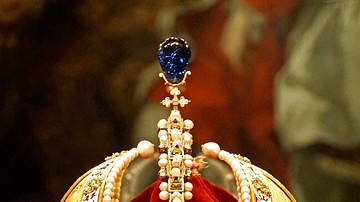
Image
Imperial Crown of Austria
The Imperial Crown of Austria. Made in 1602, this crown has been used by the Habsburg monarchs of Austria, the Holy Roman Empire, and the Austro-Hungarian Empire, and the kings of Hungary and Bohemia. The crown combines the traditional crown...
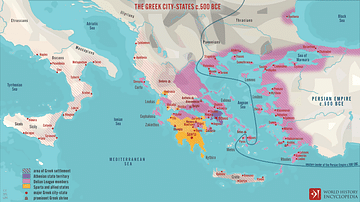
Definition
Ancient Greece
Greece is a country in southeastern Europe, known in Greek as Hellas or Ellada, and consisting of a mainland and an archipelago of islands. Ancient Greece is the birthplace of Western philosophy (Socrates, Plato, and Aristotle), literature...

Definition
Ancient Egypt
Egypt is a country in North Africa, on the Mediterranean Sea, and is home to one of the oldest civilizations on earth. The name 'Egypt' comes from the Greek Aegyptos which was the Greek pronunciation of the ancient Egyptian name 'Hwt-Ka-Ptah'...

Definition
Greek Mythology
Greek mythology was used as a means to explain the environment in which humankind lived, the natural phenomena they witnessed and the passing of time through the days, months, and seasons. Greek myths were also intricately connected to religion...
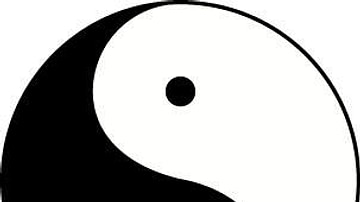
Definition
Yin and Yang
The principle of Yin and Yang from Chinese philosophy is that all things exist as inseparable and contradictory opposites. Examples of Yin-Yang opposite forces are female-male, dark-light, and old-young. The pairs of equal opposites both...
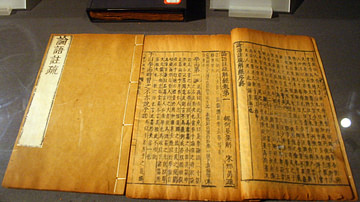
Definition
Confucianism
Confucianism is a philosophy developed in 6th-century BCE China, which is considered by some a secular-humanist belief system, by some a religion, and by others a social code. The broad range of subjects touched on by Confucianism lends itself...

Definition
Ancient Egyptian Mythology
Egyptian mythology was the belief structure and underlying form of ancient Egyptian culture from at least c. 4000 BCE (as evidenced by burial practices and tomb paintings) to 30 BCE with the death of Cleopatra VII, the last ruler of the Ptolemaic...

Definition
Tang Dynasty
The Tang Dynasty (618-907 CE) was one of the greatest in Imperial Chinese history. It was a golden age of reform and cultural advancement which lay the foundation for policies which are still observed in China today. The second emperor, Taizong...